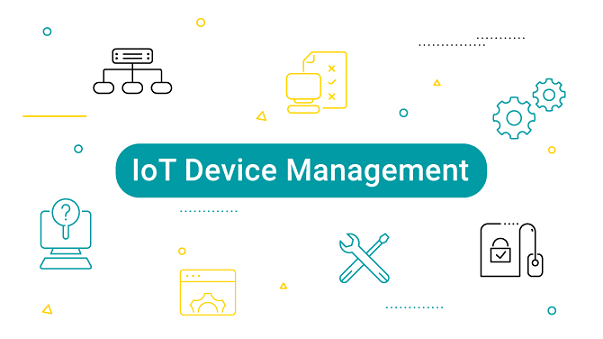Remotely SSH and Manage IoT devices Over the Internet
The Internet of Things (IoT) has made people interact with objects in the connected environment. IoT devices appear to be everywhere, whether they are used for industrial automation or smart homes. A crucial part of controlling these machines is being able to access them from another location.

This is where Secure Shell (SSH) comes into picture. SSH is an encrypted network protocol. It offers secure network service access across an unprotected network. For IoT, SSH provides a way for administrators to connect remotely and manage devices without being present physically yet they can monitor and troubleshoot the devices.
Remote Access IoT Devices
The ability to remotely access IoT devices is the key feature for many things. It saves a lot of time, provides universal fix in case of issues and provides security. Consider the need to go out into the field to connect with each IoT device in person. Activities like this would make things much harder and extremely inconvenient when faced with a large number of geographically scattered devices.
Administrators can instantly address failures, troubleshoots, and push updates at a universal hub. This helps in saving time and operating costs as well. For example, in an industrial environment, remote access helps the processes to be fixed without a technician, who needs to travel from one site to another.
Administrators can confirm whether the devices have the most recent updates and configurations installed in terms of security. For IoT devices, security is crucial since they are easily targeted by cyberattacks. By encrypting data between the client and server when SSH is utilized, it helps to preserve data integrity by shielding the device from unauthorized access.
Remote SSH IoT Devices
The process includes various steps for remotely SSH IoT over the internet. Well the first thing it needs is an SSH server to be running and configured on the IoT device. The server listens for incoming SSH connections and it presents a login prompt to authenticate the users. Authenticated users have the ability to command and manage the device, as if they are present there.
The client may be a command-line tool or graphical interface depending on the user's preference. The client interface is connected with the IoT device based on the IP address and port number (default SSH-22). Upon successful authentication, the administrator is allowed to access the CLI of the device.
The big problem with remote SSH IoT devices is how to deal with dynamic IP addresses. IoT devices are often connected to networks with dynamic IP addresses that change periodically. This can be overcome by using Dynamic DNS services (DDNS) as an admin. The reason a computer is able to operate on a specific domain name without any issues is because their DDNS takes a snapshot of what the web interface provides and updates its DNS table as such. This enables the device to be always accessible under a common domain name.
Security is also a concern while using SSH in IoT devices. IoT devices are usually in an environment with strict rules. However, they might have to configure their firewalls settings to allow incoming SSH connections in order for a remote user to connect via an SSH. Also this will add some extra layer of security by using VPN between the admin's device and IOT.
Conclusion
To summarize, SSH is a great tool that provides remote access IoT devices over the internet in an easy and secure way. It greatly increases efficiency and security. SSH makes it possible for administrators to manage and monitor their IoT devices from anywhere. Though there are challenges like dynamic IP address and network security, it can be mitigated via proper tool utilization. IoT is growing quickly and with that, comes the need to access devices remotely and manage them which means SSH will be an important part of the IoT Ecosystem.
